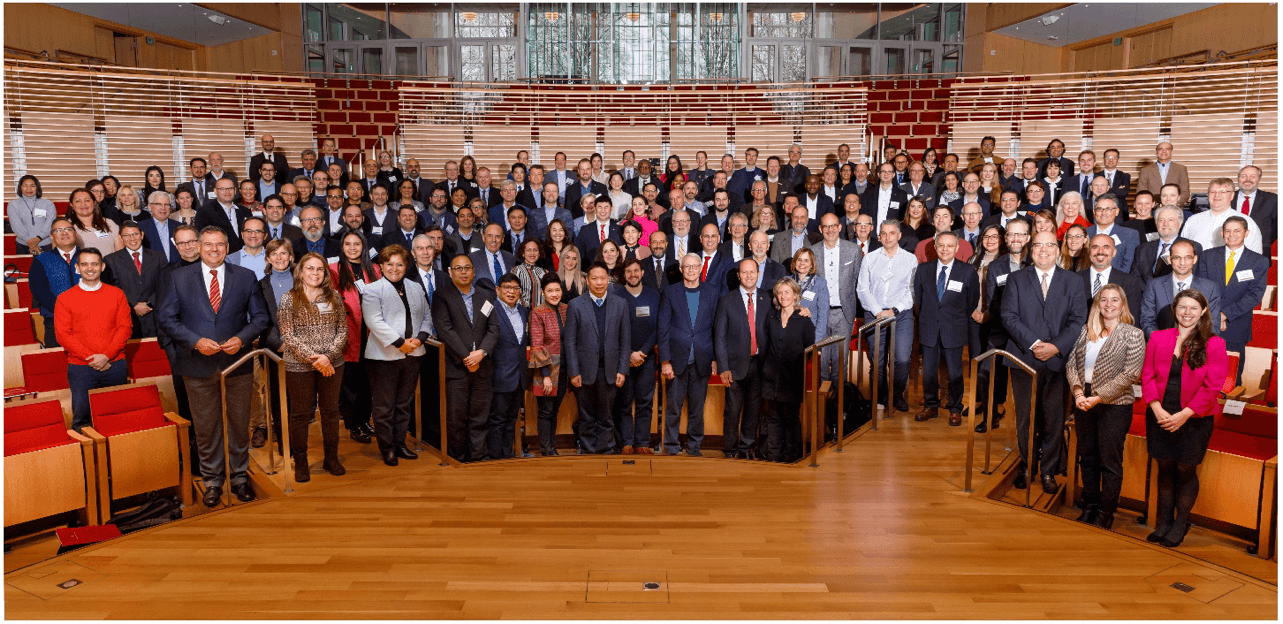
The Microeconomics of Competitiveness (MOC) Affiliate Network was launched by Professor Porter in 2002, with two institutions – INCAE in Nicaragua and Stockholm School of Economics, Riga in Latvia – as the initial affiliates. These institutions perfectly represent the target profile for MOC affiliates: a commitment to academic excellence combined with a focus on achieving real impact in their home regions. Each institution has a founding mission to improve their surrounding community and value excellence within the university as a critical asset in achieving impact outside of the university.
Over time, the network has grown by roughly ten affiliates per year, reaching 120 institutions by 2020. The MOC Affiliate Network is represented in 67 countries with affiliates having cumulatively taught 2,174 courses, reaching a total student body of more than 70,000.
MOC affiliates can draw on the course curriculum, a broad range of teaching materials, including teaching cases, teaching notes, concept lectures, and taped lectures by government and private sector leaders from countries and regions covered in the cases. An annual workshop of MOC affiliate faculty at HBS provides a regular opportunity to learn more about concepts and new materials.
MOC Affiliates
The MOC curriculum is concerned with the determinants of competitiveness and economic development viewed from a bottom up, microeconomic perspective. The course, as established at Harvard Business School, is organized around four content modules, with one additional module dedicated to a team project presentations conducted by students.
The MOC course initially provides students with an understanding of key principles of firms, industries, and global competition. It then introduces the analytical tools of diamond and cluster analysis to diagnose locational competitiveness. A third set of classes discusses the potential to enhance competitiveness through government policy at different levels of geography and at different stages of development. A final segment turns to process and looks at ways to create an institutional structure for pursuing competitiveness efforts.